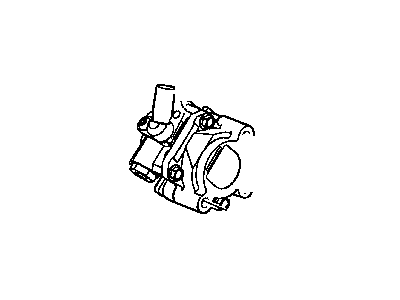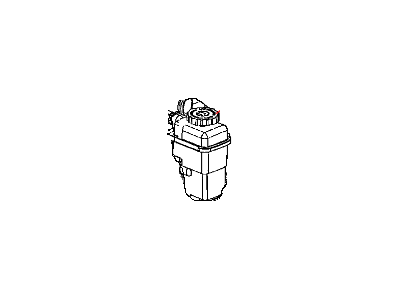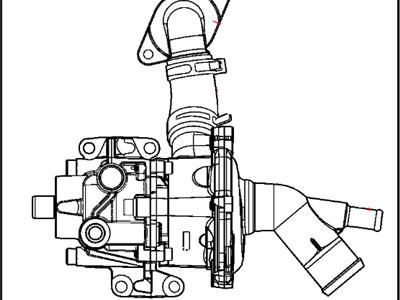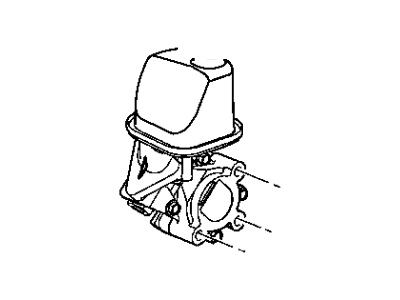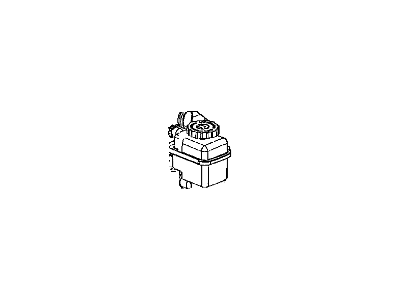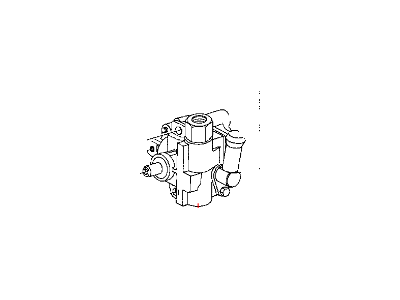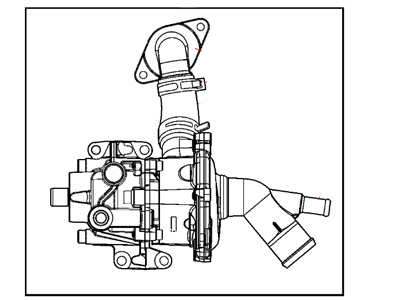
My Garage
My Account
Cart
Genuine Dodge Neon Power Steering Pump
Power Steering Pump Unit- Select Vehicle by Model
- Select Vehicle by VIN
Select Vehicle by Model
orMake
Model
Year
Select Vehicle by VIN
For the most accurate results, select vehicle by your VIN (Vehicle Identification Number).
14 Power Steering Pumps found
Dodge Neon Power Steering Pump
The Power Steering Pump in Dodge Neon is among the important components which work to convert the engine energy into hydraulic energy to enable an easy turn of the steering wheel. This Power Steering Pump works by creating fluid pressure that helps the driver in turning the steering wheel especially with in slow movement or even at standstill. It is positioned at the front of the engine and is driven by crankshaft with the help of a V-belt or a serpentine belt; it has a fluid reservoir which may be internal or external. Dodge Neon models throughout the years have come with hydraulic power steering system where there is still a mechanical chain between the steering wheel and the wheels to enable manual control of the wheels in case of power system failure. Although some of the enthusiasts have complained that power steering tends to be too sensitive in handling, some of the manufacturers have altered systems to balance assist levels.
Looking for affordable and high-quality auto parts? Then you have already arrived at the proper online shop. We offer all Dodge Neon Power Steering Pump at great affordable prices. Moreover, all genuine Dodge Neon Power Steering Pump come with a manufacturer's warranty. In the long run, you would realize you have saved a lot of trouble and money with OEM parts from here.
Dodge Neon Power Steering Pump Parts Questions & Experts Answers
- Q: How do you remove and install a power steering pump on Dodge Neon?A:Run vacuum-operated suction gun and empty the power steering fluid reservoir as much as you can. Subsequently, for the engine, eliminate the drive belt that is associated with power steering pump and air conditioner compressor. Remove the pressure line fitting that is at the bottom of the power steering pump this will need a ratchet, long extension and a crowfoot. Disconnect the fluid supply hose from its fitting at the pump, then take off bolt that fixes the rear of the pump to the bracket, as well as the two bolts for fixing the bracket to the engine block. Wedge the two sides of the lower hole apart to fit a socket through the holes in the upper pulley and unbolt three pieces used to mount the pump and pull him out of the engine compartment. Alternatively, if a new pump is inserted, one has to buy a puller to extract the pulley from the old pump and another tool that is used to fix it on the new pump, which can be bought in auto- parts shops. When installing the pulley it should be pressed unto the pump shaft such that the circumference of the pulley is touching the shaft. As for installation, it is done in the reverse order to the removal process, it is also necessary to thoroughly examine the condition of the O-ring on the pressure line fitting prior to the installation and replace it if it is worn or damaged. Screw the pump mounting bracket bolts and the pump-to-mounting bracket bolts to the right torque then top up the power steering fluid reservoir with the right fluid and finally do a power steering fluid bleeding.



